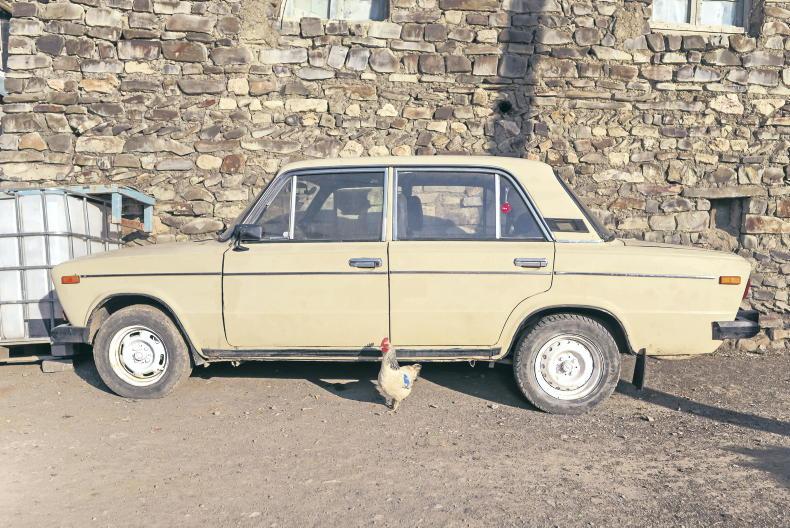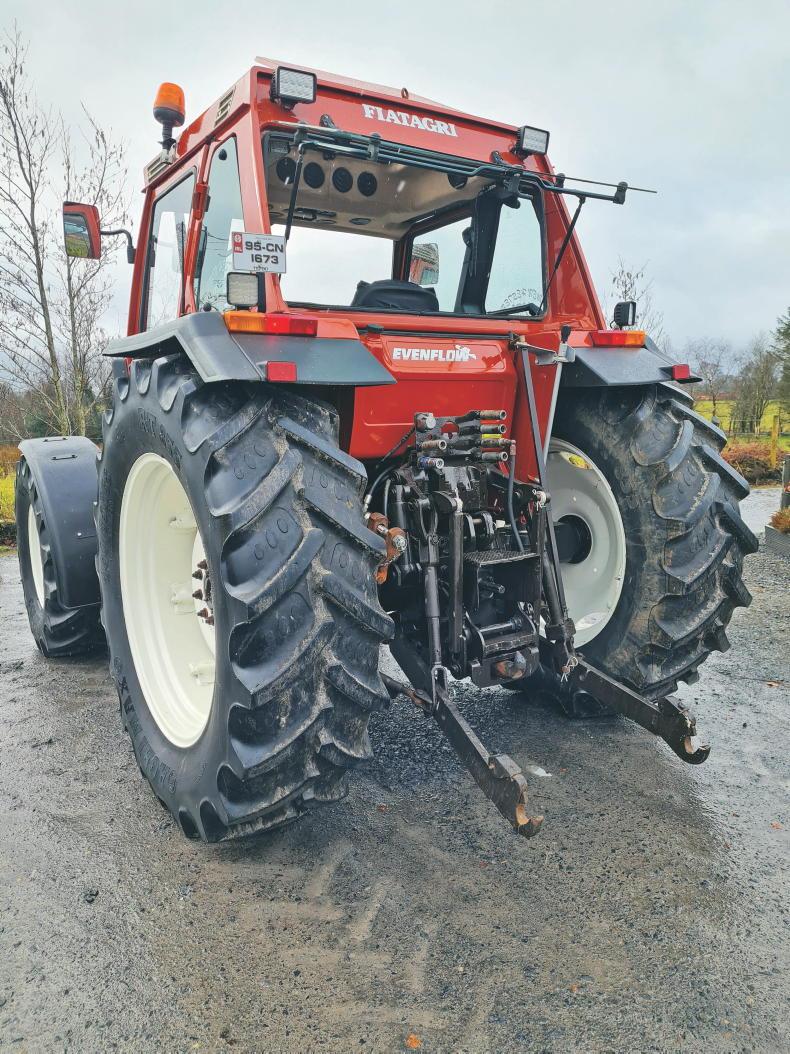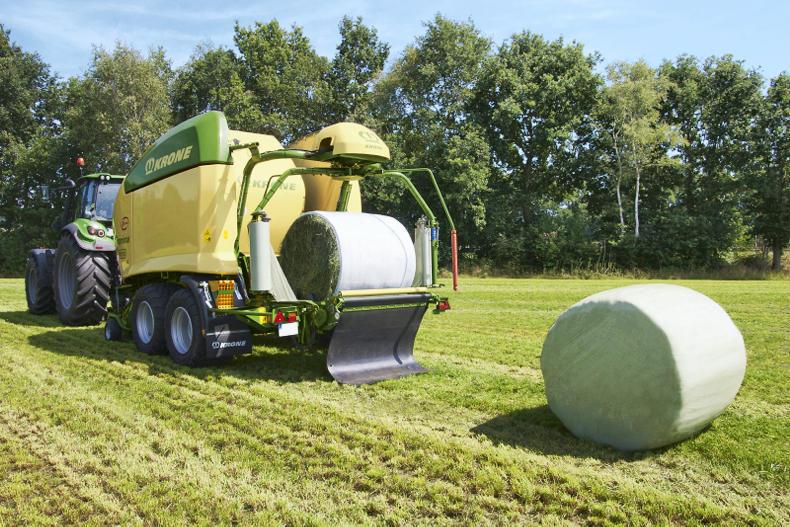This philosophical refrain has also become the quintessential Lada joke. Another went; how do you double the value of a Lada?
Fill the tank with petrol! It wasn’t easy being a Lada, but it had its day – a home in Ireland, where for just a little while, it held its own.
The Lada brand first appeared in 1973, but it had a long history in Russia for some years before that. The Lada Riva started out as a Fiat 124.
To turn the Fiat into something more worthwhile, the Russians had to make a few changes. Early models had starter handles retrofitted, and the steel was thickened.
Lada vehicles are marketed today as affordable, offering good value for money, and back in 1980s Ireland this was also their unique selling point.
It allowed many Irish people their first brand new car, often bought for a good deal less than the price of a fresh second-hand.
They came in nice colours too; beige, red and light blue and it has to be said, the prospect of buying one was tempting. Looking back, it’s crazy really that anyone would think of buying a car that was essentially a 1960s Fiat.
They were knocked together in the Soviet Union in the 1980s, without a radio, electric windows or power steering. Jeremy Clarkson once said, “I actually believe it’s set in concrete” with reference to how difficult it was to steer a Lada.
Hen houses
The key to its success was said to be, “its competitive price, reliability, basic DIY-friendly mechanics and simple functionality.”
Rear passengers were treated to seats softer than most beds, and small car still had enough room for five adults. Everything was designed to be easily fixed.
A 21-piece toolbox came with each car and contained everything you needed to service the car yourself. Come to think of it, maybe that’s why so many of them died young.
Despite this, the Lada Riva lived on until 1997 and continued to be built in Russia until 2012 and is still built today under license in Egypt.
In a review of the new economy car back in the day, the British car magazine, Autocar, noted its low price of only £3,158, improved road performance and an impressive list of standard equipment.
However, its spartan interiors and aging design meant that it was never considered by buyers who fancied the more upmarket models of the time such as the Ford Sierra.
The fact that many Ladas ended up as hen houses or permanent gap closures is not all that surprising, but the speed at which this occurred was mind-boggling.
they were worth little more than the cost of the luxury chicken coop
I knew of a lovely sky-blue Lada Riva that lived and died in my locality and it seemed to have only lasted about two years - our rugged roads and caustic climate chewed it up and spat it out in no time at all.
Given they were bought new for the price of a used car, by the time they themselves became second-hand, they were worth little more than the cost of the luxury chicken coop that many of them became.
In rural Ireland, many flocks of chickens ended up living in Ladas that were little older than themselves. Their angular, no-frills interior made the conversion seamless and the extra soft back seats proved the perfect place for a broody hen’s confinement.
New safety measures and emissions legislation led to the Lada Riva being withdrawn from most Western European markets by the mid-1990s.
Funnily enough, a newer Lada is still being made today. In its native Russia, a colourful website extols the virtues of a fresh new design, a design we are led to believe, “leaves nobody indifferent”.
The implication here is that previous designs had left almost everybody indifferent. In Ireland, however, the Lada still holds a place… if only in gaps and overgrown gardens!
Read more
Endearing engines: the people's car
Endearing Engines: the greatest tractor in the world
This philosophical refrain has also become the quintessential Lada joke. Another went; how do you double the value of a Lada?
Fill the tank with petrol! It wasn’t easy being a Lada, but it had its day – a home in Ireland, where for just a little while, it held its own.
The Lada brand first appeared in 1973, but it had a long history in Russia for some years before that. The Lada Riva started out as a Fiat 124.
To turn the Fiat into something more worthwhile, the Russians had to make a few changes. Early models had starter handles retrofitted, and the steel was thickened.
Lada vehicles are marketed today as affordable, offering good value for money, and back in 1980s Ireland this was also their unique selling point.
It allowed many Irish people their first brand new car, often bought for a good deal less than the price of a fresh second-hand.
They came in nice colours too; beige, red and light blue and it has to be said, the prospect of buying one was tempting. Looking back, it’s crazy really that anyone would think of buying a car that was essentially a 1960s Fiat.
They were knocked together in the Soviet Union in the 1980s, without a radio, electric windows or power steering. Jeremy Clarkson once said, “I actually believe it’s set in concrete” with reference to how difficult it was to steer a Lada.
Hen houses
The key to its success was said to be, “its competitive price, reliability, basic DIY-friendly mechanics and simple functionality.”
Rear passengers were treated to seats softer than most beds, and small car still had enough room for five adults. Everything was designed to be easily fixed.
A 21-piece toolbox came with each car and contained everything you needed to service the car yourself. Come to think of it, maybe that’s why so many of them died young.
Despite this, the Lada Riva lived on until 1997 and continued to be built in Russia until 2012 and is still built today under license in Egypt.
In a review of the new economy car back in the day, the British car magazine, Autocar, noted its low price of only £3,158, improved road performance and an impressive list of standard equipment.
However, its spartan interiors and aging design meant that it was never considered by buyers who fancied the more upmarket models of the time such as the Ford Sierra.
The fact that many Ladas ended up as hen houses or permanent gap closures is not all that surprising, but the speed at which this occurred was mind-boggling.
they were worth little more than the cost of the luxury chicken coop
I knew of a lovely sky-blue Lada Riva that lived and died in my locality and it seemed to have only lasted about two years - our rugged roads and caustic climate chewed it up and spat it out in no time at all.
Given they were bought new for the price of a used car, by the time they themselves became second-hand, they were worth little more than the cost of the luxury chicken coop that many of them became.
In rural Ireland, many flocks of chickens ended up living in Ladas that were little older than themselves. Their angular, no-frills interior made the conversion seamless and the extra soft back seats proved the perfect place for a broody hen’s confinement.
New safety measures and emissions legislation led to the Lada Riva being withdrawn from most Western European markets by the mid-1990s.
Funnily enough, a newer Lada is still being made today. In its native Russia, a colourful website extols the virtues of a fresh new design, a design we are led to believe, “leaves nobody indifferent”.
The implication here is that previous designs had left almost everybody indifferent. In Ireland, however, the Lada still holds a place… if only in gaps and overgrown gardens!
Read more
Endearing engines: the people's car
Endearing Engines: the greatest tractor in the world









SHARING OPTIONS